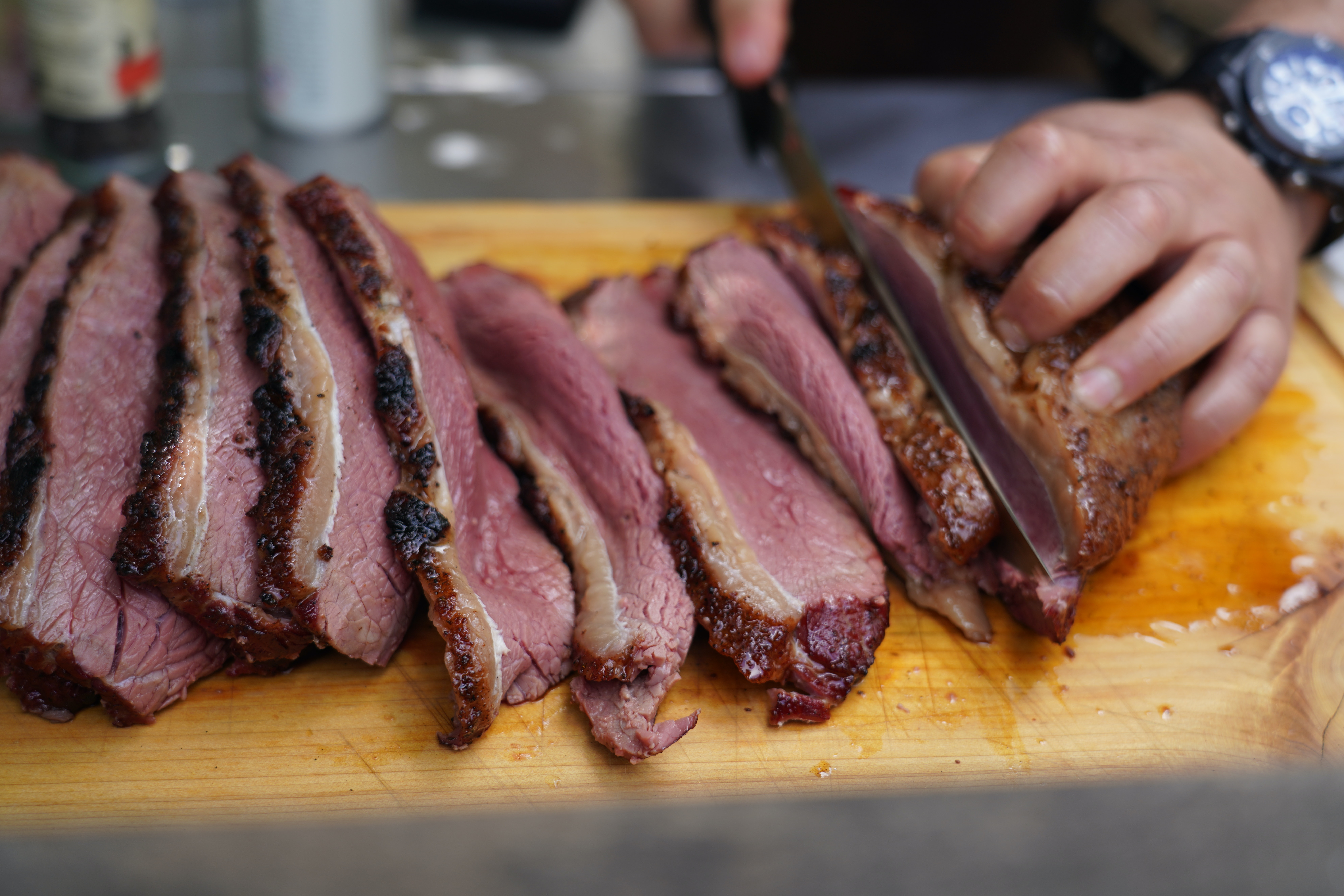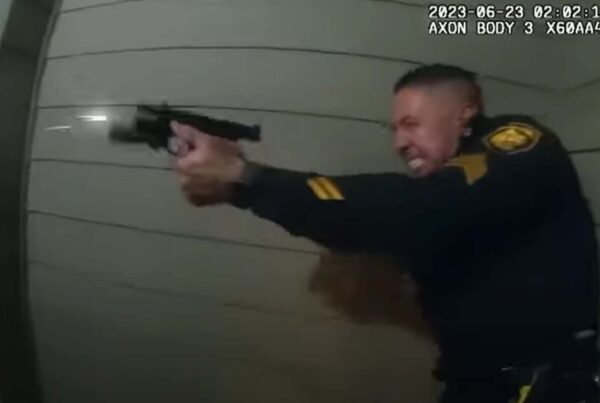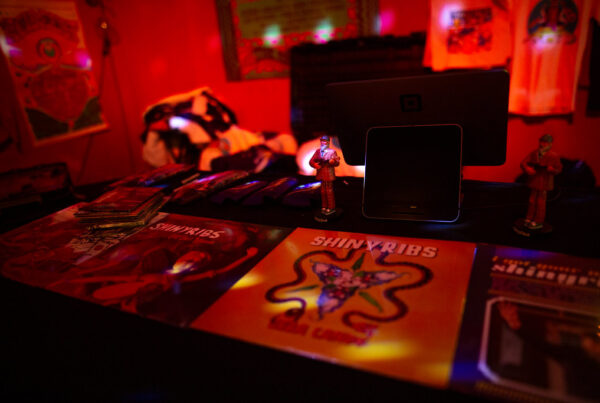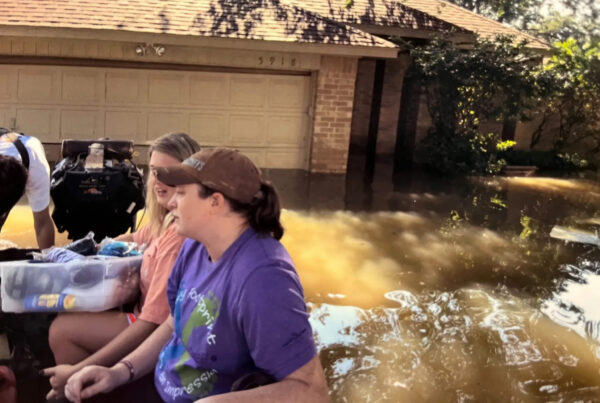It started as a theory between two friends, but the result may speak to the subtle science of a staple of Texas cuisine.
Heady stuff, right?
Where there’s smoke, there’s Daniel Vaughn, barbecue editor of Texas Monthly. He joined Texas Standard to discuss the fourth slice phenomenon. Listen to the interview above or read the transcript below.
This transcript has been edited lightly for clarity:
Texas Standard: So for those of us who aren’t barbecue nerds, what is this debate all about, exactly?
Daniel Vaughn: So we’re talking about the fourth slice here. And “the fourth slice” refers to the fourth slice of brisket from the fatty side of the brisket.
It’s really an inside baseball story here, but it started as a text battle between Leonard Botello IV, who is the pitmaster at Truth Barbecue, both in Brenham and in Houston, and his good buddy Burt Bakman, who is a pitmaster at Slab Barbecue in Los Angeles.
So they would text these photos back and forth anytime they thought they had smoked a really great brisket. And then I think Burt made this suggestion: “Hey, you know what? We keep showing each other this slice and that slice. Let’s even up the odds here. Let’s compare apples to apples. We are going to select one slice to represent our entire brisket.”
And that became the fourth slice.














